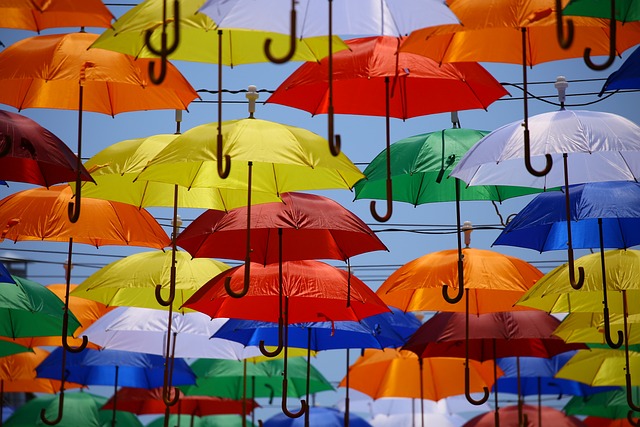# The Impact of AI Art: How Technology is Shaping New Aesthetics and Challenging Artistic Boundaries
In recent years, artificial intelligence (AI) has emerged as a transformative force in the art world, reshaping how art is created, perceived, and valued. From generative design to deep learning algorithms that can produce stunning visual art, AI is redefining the boundaries of creativity. As artists and technologists collaborate, a new aesthetic is evolving, challenging traditional notions of authorship and artistic merit. This article delves into the multifaceted impact of AI on art, exploring its implications for aesthetics, creative processes, and the broader cultural landscape.
## The Evolution of AI in Art
Initially, the intersection of AI and art seemed to be a niche interest, primarily explored by technologists and avant-garde artists. However, the advent of sophisticated machine learning algorithms has democratized access to powerful creative tools. Today, platforms like DALL-E, Artbreeder, and Runway ML allow users—regardless of their artistic background—to generate complex artworks by simply inputting text prompts or tweaking existing images. This shift is not merely technological; it signifies a paradigm shift in how art is conceptualized and produced.
Moreover, the rise of AI art has sparked a renewed interest in generative art, a movement that dates back to the mid-20th century. Artists like Harold Cohen, who developed AARON, an early AI program capable of producing drawings, laid the groundwork for contemporary explorations in AI. Today’s generative models can analyze vast datasets of existing artworks, learning styles, techniques, and themes to create unique pieces that reflect a synthesis of human creativity and machine learning.
As a result, AI-generated art often blurs the lines between human and machine creativity. This merging raises questions about authorship and originality, challenging traditional artistic hierarchies. Who is the true creator of an artwork: the artist who programmed the AI, the AI itself, or the algorithm that learned from countless existing works? Such inquiries are not merely academic; they have profound implications for how art is valued in society.
## New Aesthetics and Artistic Collaboration
The aesthetics of AI art diverge significantly from traditional artistic expressions. By leveraging algorithms, artists can explore new forms and styles that were previously unattainable. For instance, AI can generate intricate patterns and compositions that defy human limitations, offering a fresh perspective on beauty and design. This new aesthetic often embraces randomness and unpredictability, challenging the notion that art must be a deliberate, controlled process.
Collaboration between human artists and AI is becoming increasingly prevalent. Artists are using AI as a co-creator, providing parameters and context while allowing the machine to generate outcomes that surprise and inspire. This partnership can lead to innovative works that combine human intuition with computational power, resulting in art that is both familiar and alien. The collaborative aspect of AI art invites artists to rethink their roles, positioning them as facilitators of creativity rather than sole creators.
Additionally, the integration of AI into the creative process encourages artists to expand their conceptual frameworks. By engaging with machine-generated outputs, artists can explore themes of technology, identity, and the nature of creativity itself. This exploration often leads to critical dialogues about the implications of AI in society, including discussions around surveillance, data privacy, and the ethical considerations of using AI in creative fields. Thus, AI art not only transforms aesthetics but also provokes meaningful conversations about the role of technology in our lives.
## The Cultural Landscape and Future Implications
The emergence of AI art has significant implications for the cultural landscape. As AI-generated works gain recognition in galleries and auctions, the art market is experiencing a shift in how value is assigned. Traditional metrics of artistic merit, such as craftsmanship and emotional depth, are being reevaluated in light of AI’s capabilities. Collectors and critics are grappling with the question of whether an artwork created by an algorithm can hold the same cultural significance as one produced by a human artist.
Furthermore, the accessibility of AI tools is democratizing art creation, allowing a broader range of voices to participate in the artistic discourse. This inclusivity can lead to a more diverse representation of experiences and perspectives in the art world. As more individuals engage with AI art, it is likely that we will see a proliferation of styles and narratives that reflect the complexity of contemporary society.
In contemplating the future of AI in art, it is crucial to consider the ethical dimensions of this technological evolution. As AI systems are trained on existing artworks, issues of copyright and intellectual property come to the forefront. Artists may find their styles and techniques replicated without consent, raising concerns about the commodification of creativity. Therefore, ongoing discussions about the ethical use of AI in art will be essential in shaping a responsible framework for its development and application.
Ultimately, the impact of AI on art is profound and multifaceted. As technology continues to evolve, it will undoubtedly shape new aesthetics and challenge artistic boundaries in ways we have yet to fully comprehend. Artists, technologists, and audiences alike must engage with these changes, fostering a dialogue that embraces innovation while remaining mindful of the cultural and ethical implications. The future of art is not merely a canvas waiting to be painted; it is a dynamic interplay between human creativity and artificial intelligence, inviting us to reconsider what it means to create and appreciate art in the 21st century.

